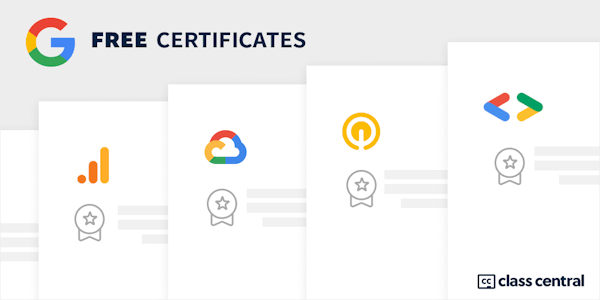In this course you’ll get hands-on experience making web applications accessible. You’ll understand when and why users need accessibility. Then you’ll dive into the "how": making a page work properly with screen readers, and managing input focus (e.g. the highlight you see when tabbing through a form.) You’ll understand what "semantics" and "semantic markup" mean for web pages and add ARIA markup to enable navigating the interface with a range of assistive devices. Finally, you’ll learn styling techniques that help users with partial vision navigate your pages easily and reliably.
This course is also featured in our Full-Stack Web Developer Nanodegree program.



